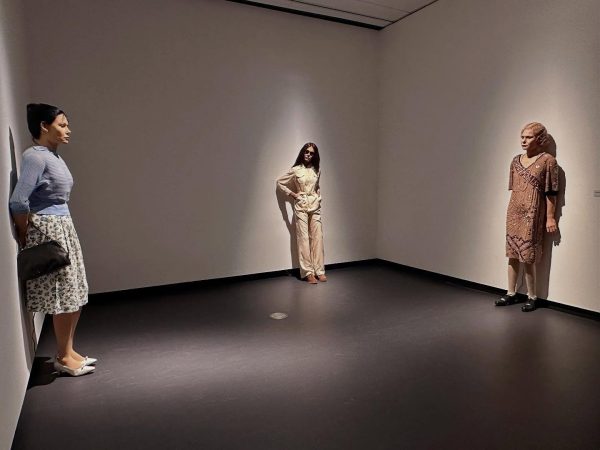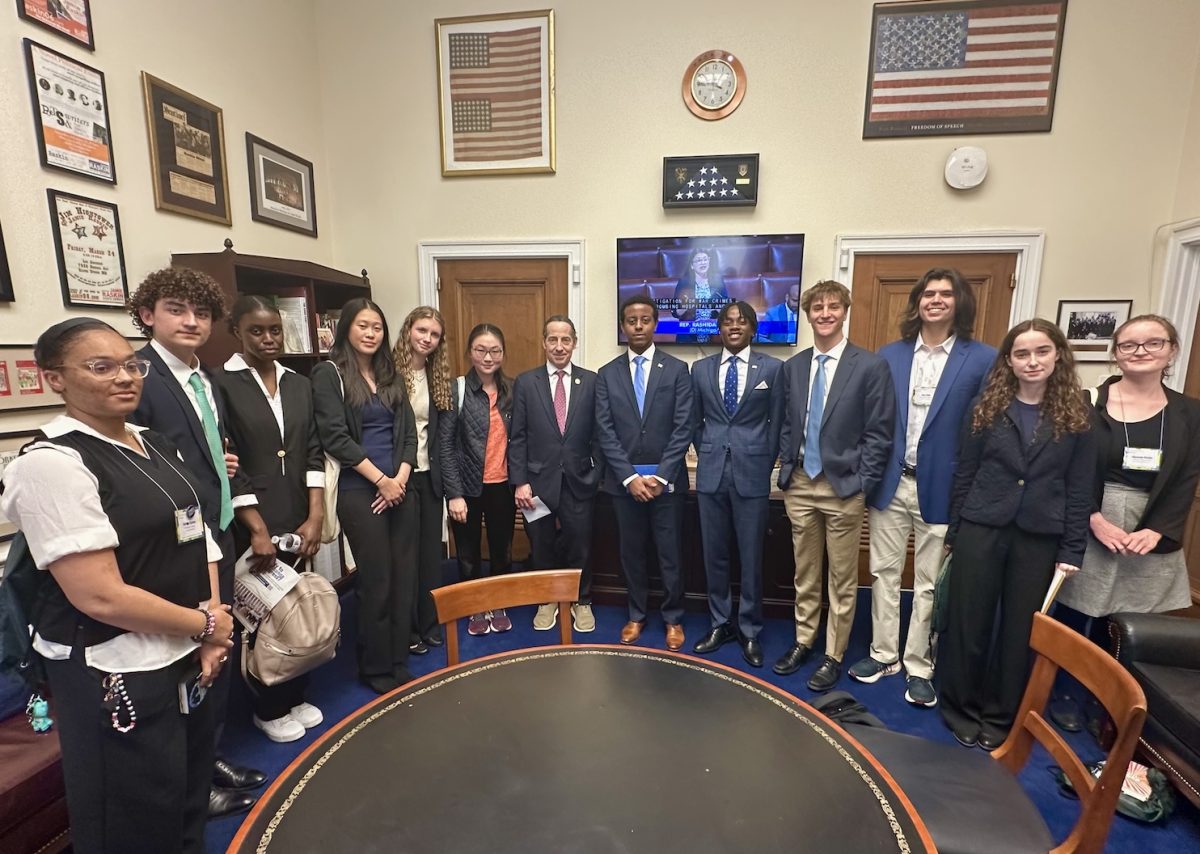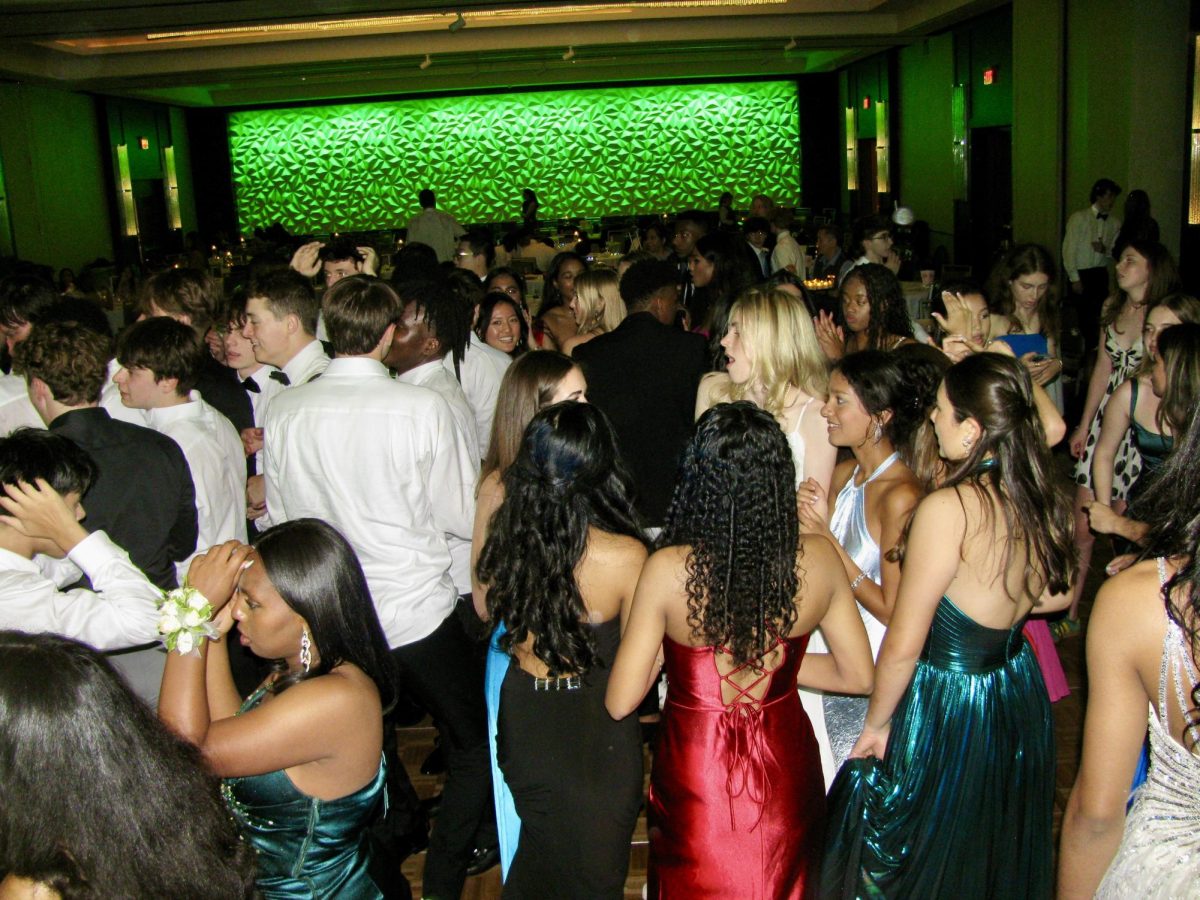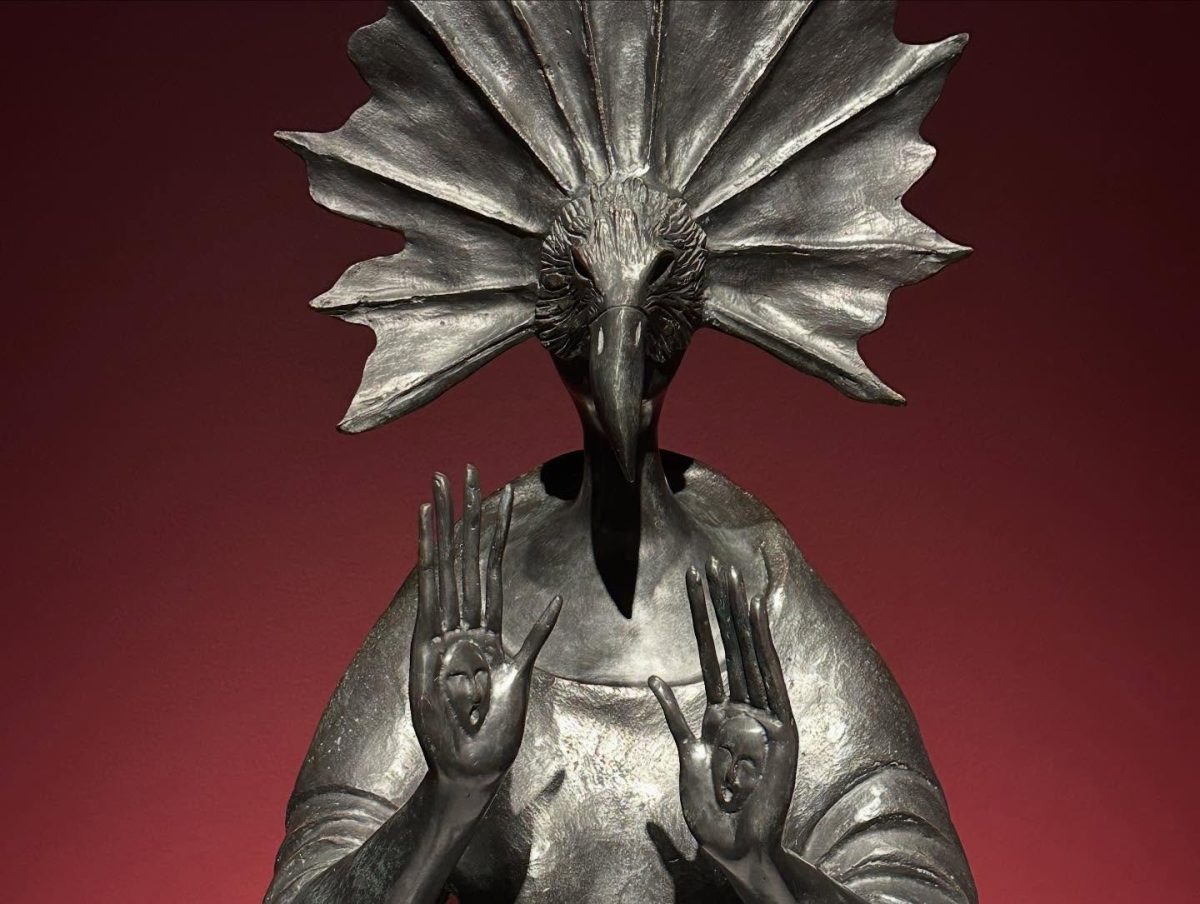The latest exhibit at the National Museum of Women in the Arts draws visitors into a world where the familiar becomes strange. “Uncanny” features works by female artists such as Martine Gutierrez, Ann Hamilton and Connie Imboden, exploring an idea popularized by Australian neurologist Sigmund Freud. The uncanny refers to “the psychological experience of something that is strangely familiar, yet alien, eliciting a sense of anxiety,” according to the museum. The exhibit embodies this concept through more than 60 pieces, including sculpture, painting, photography, video and audio.
Women’s bodies have historically been perceived as fragile and expected to be free of imperfections. Viewed through the lens of the male gaze, women embodied the uncanny through the very ways they were conditioned to appear. The female artists featured in the exhibit challenge this perspective, using their art to reclaim authorship of the uncanny narrative.
Exhibition organizer Orin Zahra told Colossal, “The enigmatic, darkly humorous and psychologically tense artworks in ‘Uncanny’ give form to women artists’ powerful expressions of existential unease.”

The exhibition deliberately provokes anxiety and distress in viewers, aiming to bring hidden messages and meanings to the surface. While it is easy to be told the meaning of something,understanding it firsthand is entirely different. Zahra explained to The Art Newspaper, “Women artists want to explore feelings of anxiety, of anguish and traumas in their lives, and the way they often do it is through uncanny imagery.” In a society where people often struggle to grasp the severity of issues unless personally experienced, the “Uncanny” exhibit allows the viewers to understand different social issues, specifically those affecting women, more intimately by evoking this unsettling feeling.
Like other exhibitions at the museum, “Uncanny” addresses issues regarding women from women’s perspectives, some drawing from personal experience. Historically, male Surrealists portrayed women and their issues in ways that do not fully capture reality. “Uncanny” takes a feminist approach in response, aiming to raise awareness and make clear the realities of issues. As Zahra noted, “It’s about reclamation of the way [women] have been treated and viewed through the male lens, but using [the exhibit] to express their own lived experiences.”
The artworks address both female-specific and worldwide problems. Several artists touch on issues that come with being a woman, such as the complex emotions following childbirth, depicted in Louise Bourgeois’s untitled 1989 sculpture. Bourgeois’s piece features a sphere that symbolizes the Earth with a baby’s foot jutting out, conveying how the birth of a child can bring the mother both joy and depression. Using imagery that viewers may find disturbing, her sculpture emphasizes the often-overlooked reality that after childbirth, a woman’s body will never completely return to its former state.
The exhibition’s artworks also question identity. Many of the pieces depict humans with masks, exploring the concealment of one’s identity. Instead of depicting masks how they are typically imagined, many of the artists chose to illustrate the concept with unsettling and perhaps disturbing twists. The exhibit also explores ways in which identity has not been envisioned before.
A photograph taken by Mary Ellen Mark depicts twins Idesha and Mikayla Preston standing side by side in a dull room, wearing identical clothes and accessories. The twins evoke Freud’s notion that repetition represents a key aspect of the uncanny and can unsettle our belief in individuality. Mary Ellen Mark builds off on this idea in her photograph, prompting viewers to question identity and individuality. While the twins may appear identical, a closed eye can discern the subtle differences in their body language and expressions.
“Uncanny” is on view from Feb. 28 to Aug. 10 at the National Museum of Women in the Arts.








































